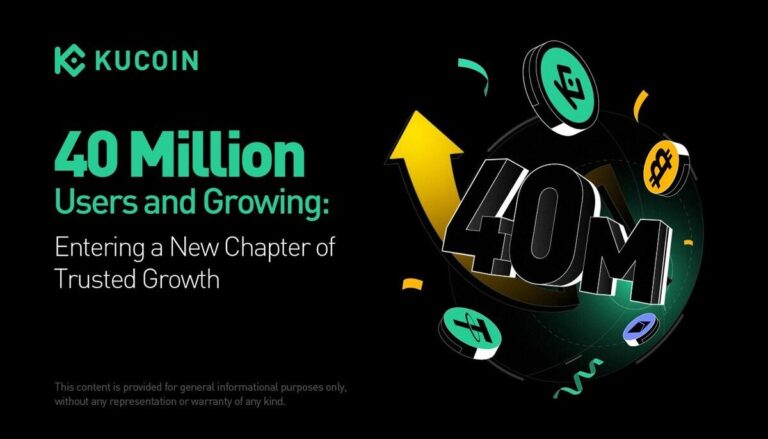What is Lightning Network and How Does it Work?

Lightning Network & Bitcoin Blockchain
Lightning network refers to a second layer payment system on the Bitcoin blockchain that allows users to make seamless transactions.
The payment gateways could either be directly or indirectly linked when two people are transacting Bitcoin to aid in creating a swift and smooth process. The advent of this protocol was to resolve the persistent issue Bitcoin faces in processing transactions faster by introducing peer-to-peer transactions and migrating smaller and recurring transactions off the blockchain network.
Bitcoin transactional ability is only capped at seven per second which is problematic to new signups who want to implement the digital currency for their daily use and an increasing number of users every day with no increase in processing speed is quite disturbing.
What is the Lightning Network?
The lightning network is an integrated solution embedded in the Bitcoin blockchain to amplify the network for faster and more secure payments within and outside the network.
The off-chain payment gateway has been designed to process way more transactions than the blockchain does with minimal fees or in some cases none. All essential details, mainly the amount transacted and where it was addressed, are filled in on a ledger on the blockchain. As a result, anonymity and security are still well provided by the blockchain and can be enjoyed by any user. This system in practice solves all the lagging and delays on the blockchain with a minimal transactional fee involved.
How does Lightning Network Work?
The lightning network represents an overlay or alternative transactional system that works on a custom interconnected payment gateway that activates when users connect with a node.
A transactional gateway is privately linked between two individuals that move their transactions off the blockchain. This movement can only be done with the consent and approval of both individuals.
An encrypted key is given to both users to be able to use the address of the channel provided. After both parties have transacted, the channel can then be shut by forwarding a balance sheet with their signatures to the blockchain.
Who Developed the Lightning Network?
Two programmers created a lightning network, Joseph Poon and Thaddeus Dryja with a press release headlining ‘Bitcoin Lightning Network: Scalable Off-Chain Instant Payments.’ This release has seen modifications and many reviews over the years. In this release, we learn all there is to know about how it operates and how reliable it is as an alternative payment option, and how it solves the problem of slow transactions on the blockchain. Lightning Labs, ACINQ, and Blockstream have been tasked with ensuring this network blooms and ideas from other teams have been offered to help the progress of the payment channel. Constant updates and modifications are being made daily to make it a plausible solution for all.
When will Lightning Network be Used?
Lightning Network was created to relieve the Bitcoin blockchain which cannot process huge transactions due to the block size limit. Lightning solves this problem by moving certain transaction off the primary network and processing them on a different payment channel. This is intended to help reduce transaction fees which can be exorbitant, especially when the network is overwhelmed. The overlay payment channel comes with an anti-fraud and security protection system embedded in it to prevent users from falling victims to fraudsters. The peer-to-peer system also ensures payments are processed speedily.
Pros and Cons of the Lightning Network
The lightning network brings a lot of benefits as well as downsides, but the wins outweigh the risks of using this solution. We examine them below.
Among its benefits would include:
- Security and Privacy: All payments that take place on the Lightning network are encrypted, which makes it near impossible to trace and hack. Its affiliation with Bitcoin blockchain makes it very secure and private as well.
- Scalability: The network embraces transactions between millions in the community and all these done in a second or less. The lags faced by the Bitcoin network can be forgotten with this new technology.
- Transaction Fees: There is a drastic reduction in transaction fees when using this payment option and as such minimal payments are now possible.
- Instant Payments: Instant payments are now possible with the advent of this technology which was not feasible before.
To the downside, we can say;
- Centralization: The node system implemented by the channel allows for only a little centralization, and this could be problematic if the nodes end up failing
- Online Necessity: Any transactional operation that needs to be made can only be achieved when there is an internet connection, and both parties need to be active on the network for this to be done.
- Transparency: The network becomes less transparent as transactions regularly increase, which may not go down well with regulatory bodies.
Conclusion
Every new technology tends to solve the problem it was intended to but may bring its problems as with Lightning network which still has room for improvements. It is, however, still an excellent option for minimal payments which can be achieved in a short time.






